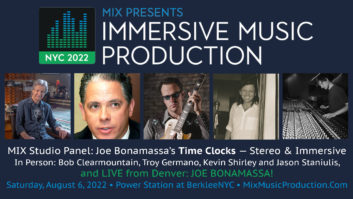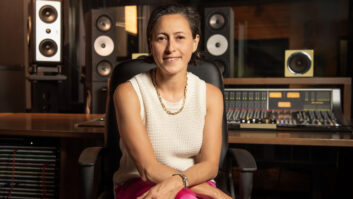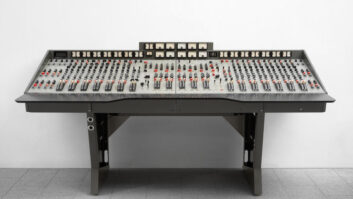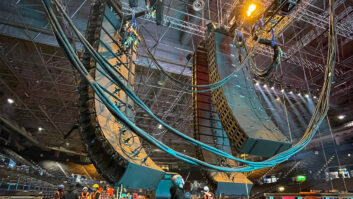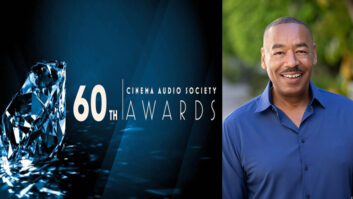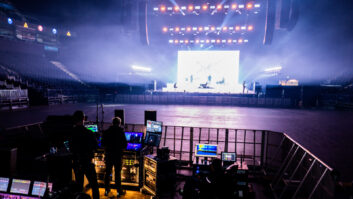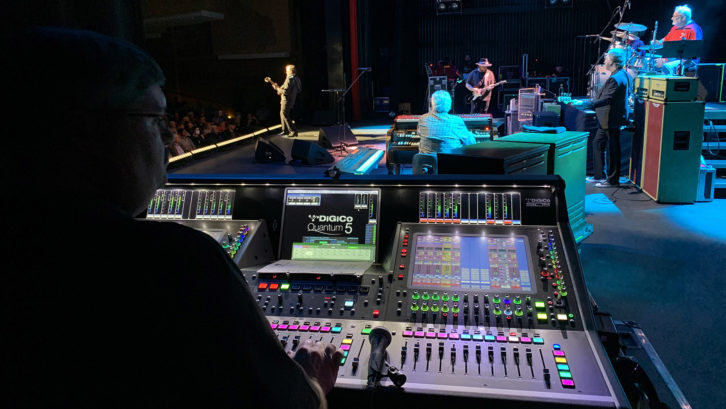
Mocksville, NC (March 30, 2022)—Blues master Joe Bonamassa just wrapped up a six-week return to the road last weekend, playing 23 gigs with Special Event Services (SES) of Mocksville, North Carolina providing audio gear for each stop. Along for the ride were front-of-house engineer Mike Lavielle and monitor engineer John Kaylor, who each oversaw a DiGiCo Quantum5 mixing console.
The two desks also recently accompanied Bonamassa and crew aboard the Norwegian Pearl for his sold-out Keeping The Blues Alive at Sea VII cruise in mid-February. In tow for all these shows were a DiGiCo SD-Rack, with 32-bit microphone inputs feeding both consoles, and a SD-Nano Rack used for ancillary duties at front of house, all on an Optocore loop.
Unheard Lee ‘Scratch’ Perry / Mouse On Mars Immersive Collaboration Debuts
Bonamassa and his band use a combination of wedges and IEMs for monitoring, according to Kaylor, who has worked with the guitarist for seven years in dual roles as monitor mixer and production manager. “The console’s Nodal Processing gives me the ability to EQ things differently for different people on the stage,” he says. “There are lot of both wedges and IEMs, so having that ability is big plus, to be able to create very distinct environments with each musician based on exactly what each one wants to hear. I’m getting that from the Quantum5’s Spice Rack and Mustard Processing.”
Lavielle, who has been mixing Bonamassa’s house sound since 2019, says he’s also made extensive use of the Spice Rack on the console’s buss outputs, including the keyboard and vocal groups. “It makes a noticeable difference—it makes it all ‘pop’ nicely,” he shares. “There are a number of different compressors, and I find they offer me a lot more control, especially in the low-frequency ranges. I use it on both bass inputs and on the Leslie left and right inputs. It works so well for me.”
“I love its sonic invisibility,” Kaylor adds. “It doesn’t color the sound. What the artist onstage is giving you is what the audience is getting—totally transparent—and when you have music this great onstage, that’s what you want your console to give you.”
